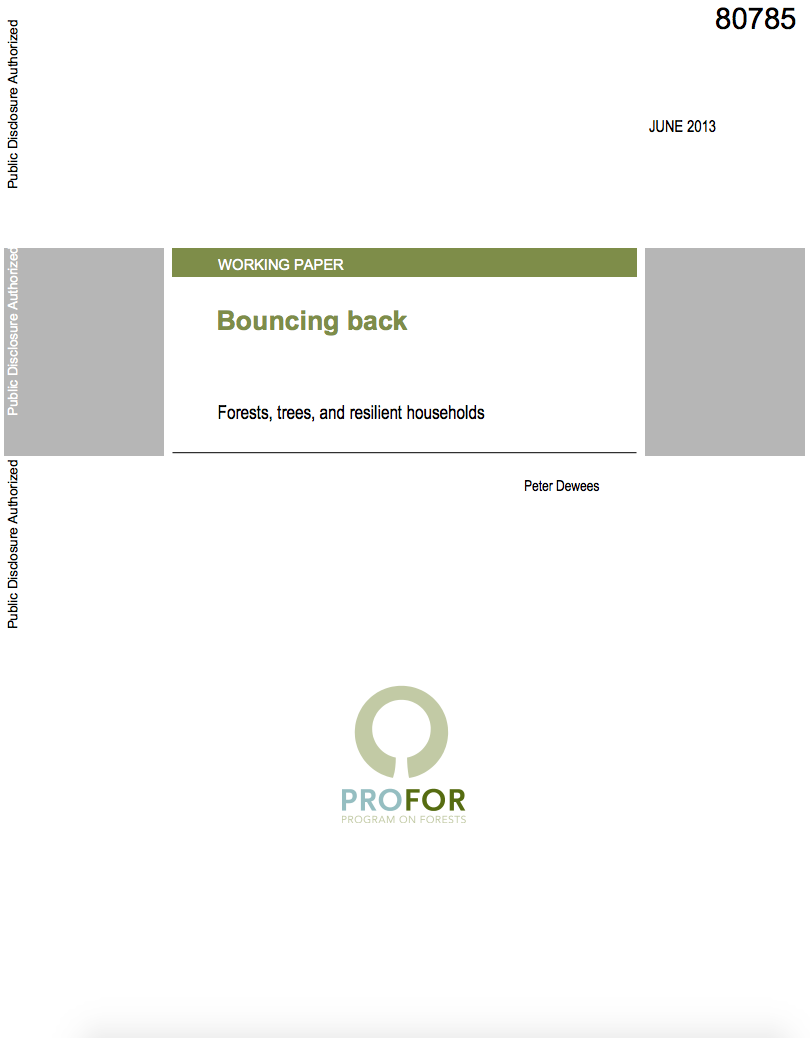What is the Cost of a Bowl of Rice? : The Impact of Sri Lanka's Current Trade and Price Policies on the Incentive Framework for Agriculture
Since 2004, Sri Lanka has pursued inward
looking policies that have encouraged import substitution,
especially with respect to agricultural commodities. This
report provides empirical evidence to inform the policy
dialogue over the impact of current trade and price policies
on the incentive framework for agriculture in Sri Lanka.
This analysis provides a quantitative assessments of: (1)
the level of support to farmers producing import-competing


